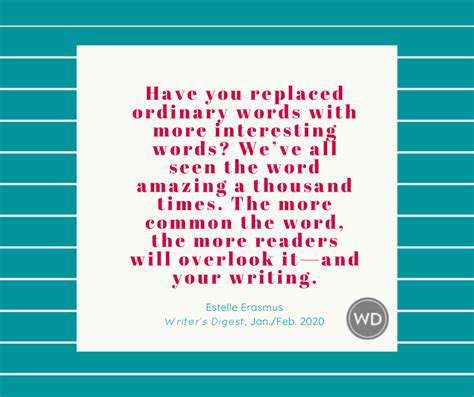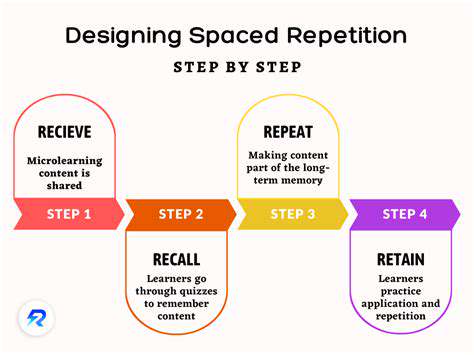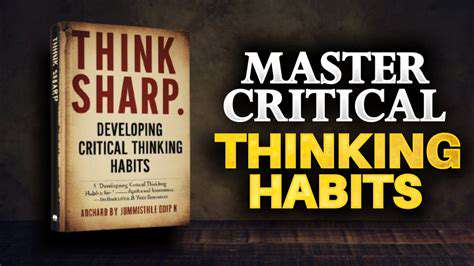How to Improve Your Writing Skills
An effective thesis statement hinges on three pillars: a bold claim about your topic, a succinct summary of your stance, and a preview of the supporting arguments. Vagueness is the enemy—precision is your ally. Ask yourself: What’s the core question I’m addressing? What’s my unique angle? Clarity here is non-negotiable; it’s the difference between a meandering draft and a laser-focused masterpiece.
Take this example: Instead of the flimsy Shakespeare’s plays are good, try Shakespeare’s tragedies expose the ruinous fallout of unbridled human passions through themes of love, betrayal, and ambition. The latter packs a punch, offering specificity and a roadmap for your argument.
Formulating Different Types of Thesis Statements
Thesis statements aren’t one-size-fits-all. An argumentative essay demands a debatable claim backed by evidence, while an expository piece might dissect a topic’s facets. Persuasive writing, on the other hand, aims to sway the reader with logic and emotion. Tailoring your thesis to your genre isn’t just smart—it’s essential. Misjudge this, and your writing risks falling flat.
Grasping these nuances ensures your thesis isn’t just a placeholder but a strategic tool. It’s the difference between a paper that informs and one that resonates.
Revising and Refining Your Thesis Statement
Your first draft thesis is just that—a draft. Scrutinize it: Is it clear? Concise? Provocative? Does it mirror your argument’s trajectory? If it’s too broad, narrow it; if it’s cramped, expand it. This isn’t busywork—it’s the refining fire that forges a thesis worthy of your ideas.
Revision isn’t optional. A polished thesis acts as a beacon, guiding your reader through your argument without confusion or detours.
Applying the Thesis Statement in Different Writing Styles
Thesis statements aren’t confined to academic essays. In creative writing, they’re often the invisible thread weaving through your narrative—the central conflict in a novel or the emotional core of a poem. Master this, and your writing gains a clarity and depth that lingers long after the last page.
Whether you’re crafting a sonnet or a research paper, a well-honed thesis elevates your work from forgettable to unforgettable.

Polishing Your Prose: Refining Style and Mechanics

Strengthening Sentence Structure
Sentences are the bricks of your writing edifice. Mix short, punchy lines with longer, flowing ones to create rhythm. Monotony is the killer of engagement—variety is your secret weapon. A well-placed fragment can jolt the reader; a cascading complex sentence can mesmerize.
Think of sentence structure as music. The right tempo keeps your audience hooked from start to finish.
Enhancing Vocabulary and Diction
Words are your palette. Choose them with the precision of a painter selecting hues. Generic language fades into the background; vivid diction leaps off the page. Why say happy when elated or euphoric paints a richer picture?
Every word should earn its place. If it doesn’t add meaning or mood, cut it.
Mastering Figurative Language
Metaphors, similes, and personification aren’t just decorative—they’re transformative. A metaphor can turn a dry fact into a vivid image; personification can breathe life into the abstract. Figurative language isn’t fluff—it’s the spark that ignites your reader’s imagination.
Use these tools sparingly but strategically. Overdo it, and your writing becomes a circus; underdo it, and it risks blandness.
Refining Tone and Voice
Tone is the temperature of your writing—warm, cool, or clinical. Voice is your fingerprint, the unmistakable you in every sentence. Inconsistency here is like changing accents mid-conversation—it jars the reader. Whether scholarly or casual, own your voice with confidence.
A strong voice doesn’t just convey ideas—it commands attention and builds trust.


![Guide to Learning [Specific Software, e.g., Excel]](/static/images/31/2025-04/CreatingandFormattingCharts3AVisualizingYourData.jpg)








